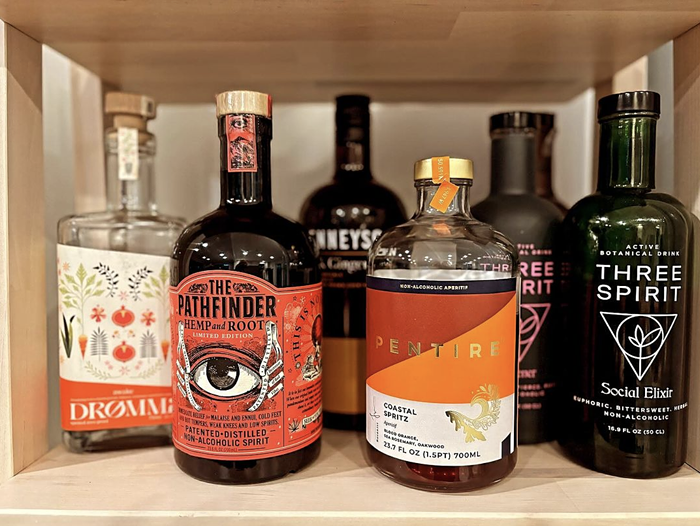The last several years have seen sour beers—those made to taste tart and acidic, and which nearly went extinct from lack of demand over the course of the 20th century—explode in popularity, raising the status of many of the most celebrated examples from bottle-shop curiosities to wine-priced rarities for which there's near-insatiable demand. The processes that yield great sours are complicated, vary greatly among brewers, and are time-consuming, with many sours taking months or years, rather than weeks, to develop before they're ready. And whether you want to make your own, or just better understand the history and current state of sour brewing, information isn't exactly easy to come by—especially in English.
Enter Michael Tonsmeire: award-winning home brewer, recipe consultant for Modern Times Brewing of San Diego, and author of the beer blog The Mad Fermentationist. His new book, American Sour Beers, is an incredible resource both for the home brewer and for the curious beer nerd. He thoroughly breaks down the roles of different yeasts and bacteria across multiple styles of sour fermentation, provides thorough explanations as to how sour programs work at breweries such as New Belgium, Russian River, Lost Abbey, and Cascade, and provides both his and other brewers' recipes along with useful notes, which not all beer recipes include.
For inexperienced home brewers, it's not a starting point, and Tonsmeire effectively says so early on; one needs to be able to brew good clean beers before expecting to succeed with something tart or funky, and for many, that's not an easy feat. But for nonbrewers, the book provides great insight into the specific elements of some of the definitive American sour ales, explains the origins of defining qualities in approachable language, and will definitely instill an appreciation for the souring craft, making it easier to discuss these sometimes inexplicable-seeming beers. ![]()



















